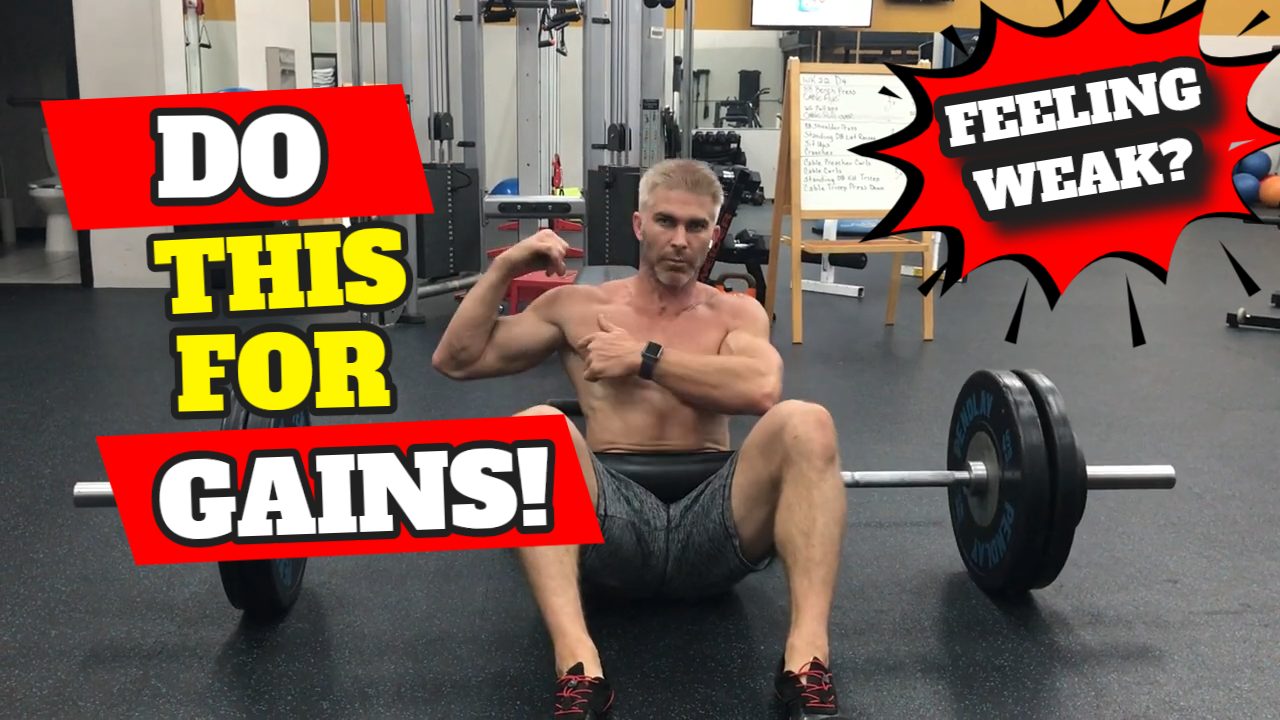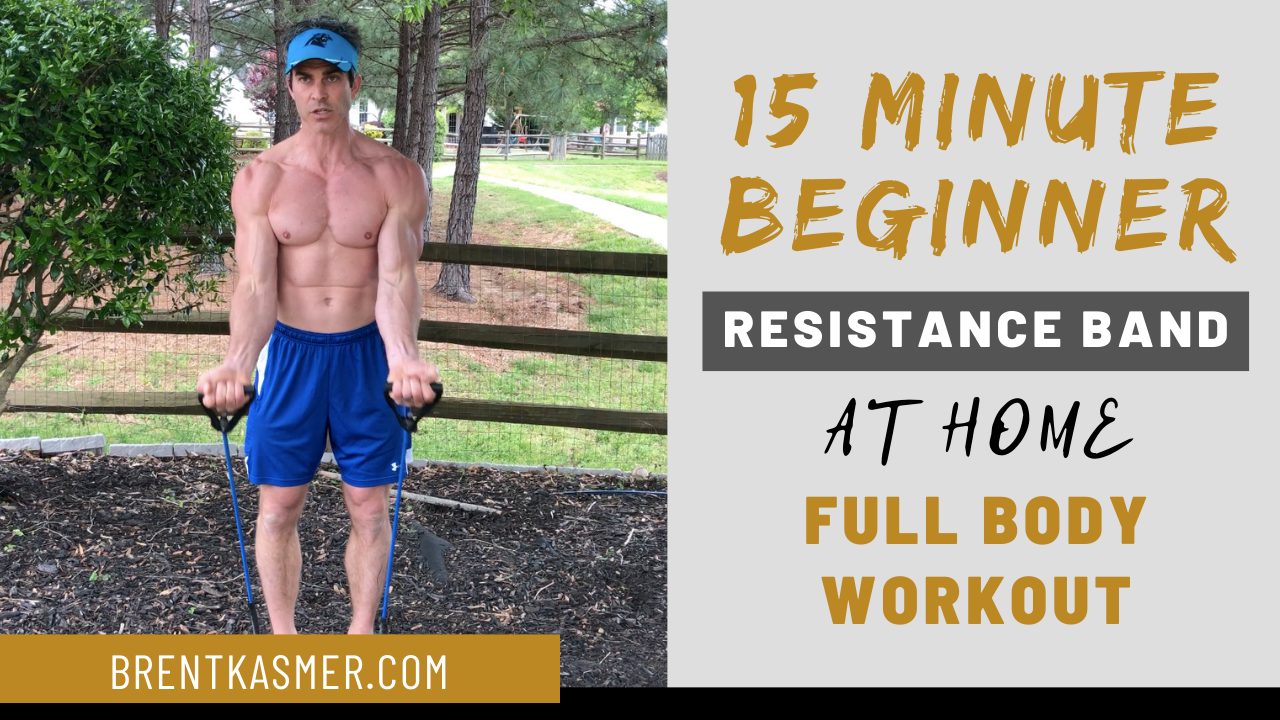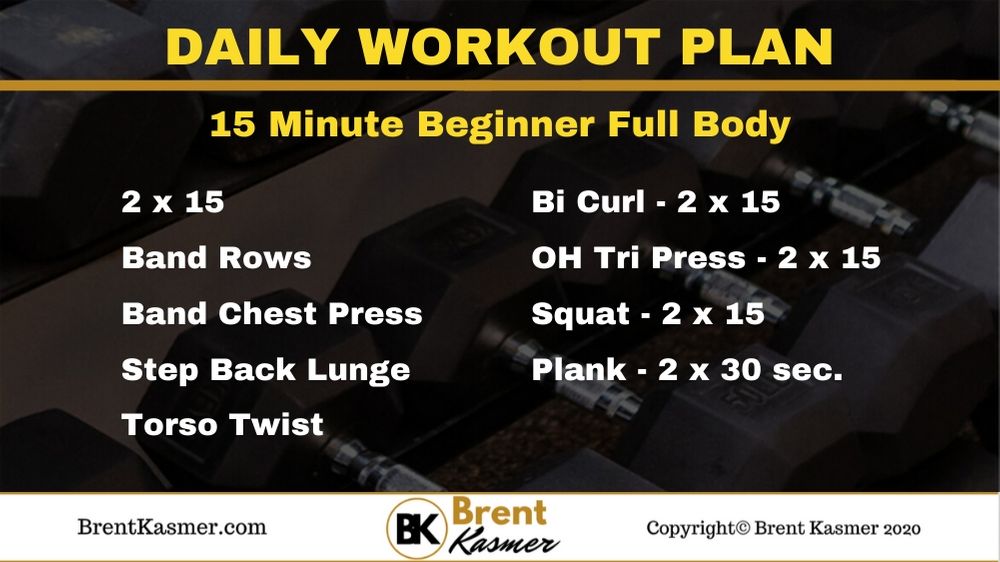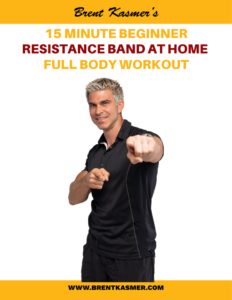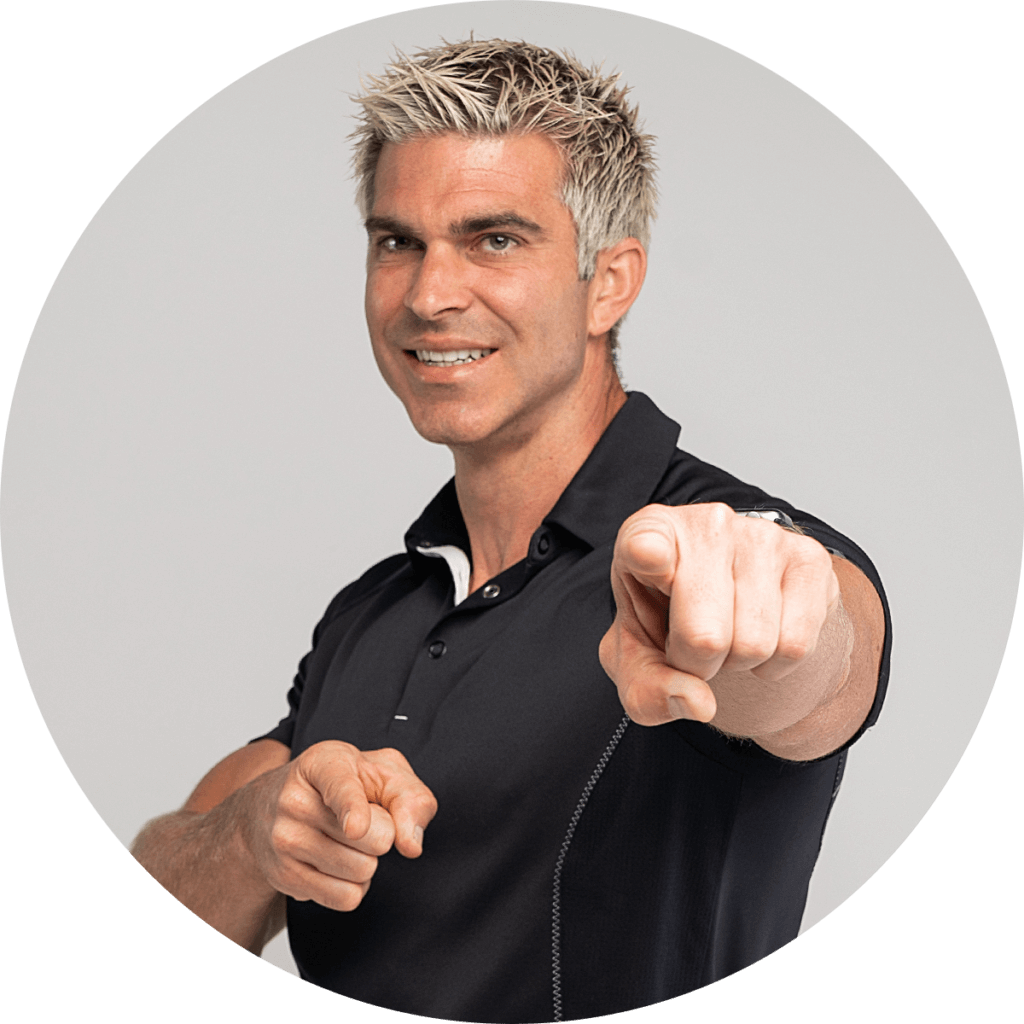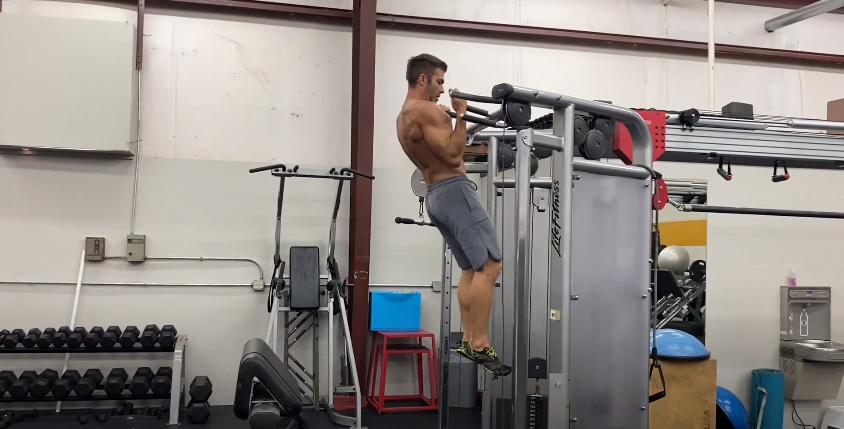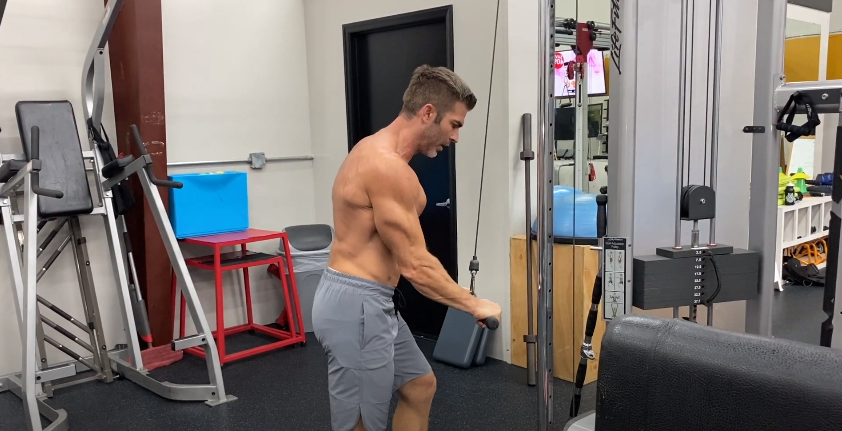HOW LONG TO SEE RESULTS FROM WEIGHT LIFTING | You’ll Never Believe It
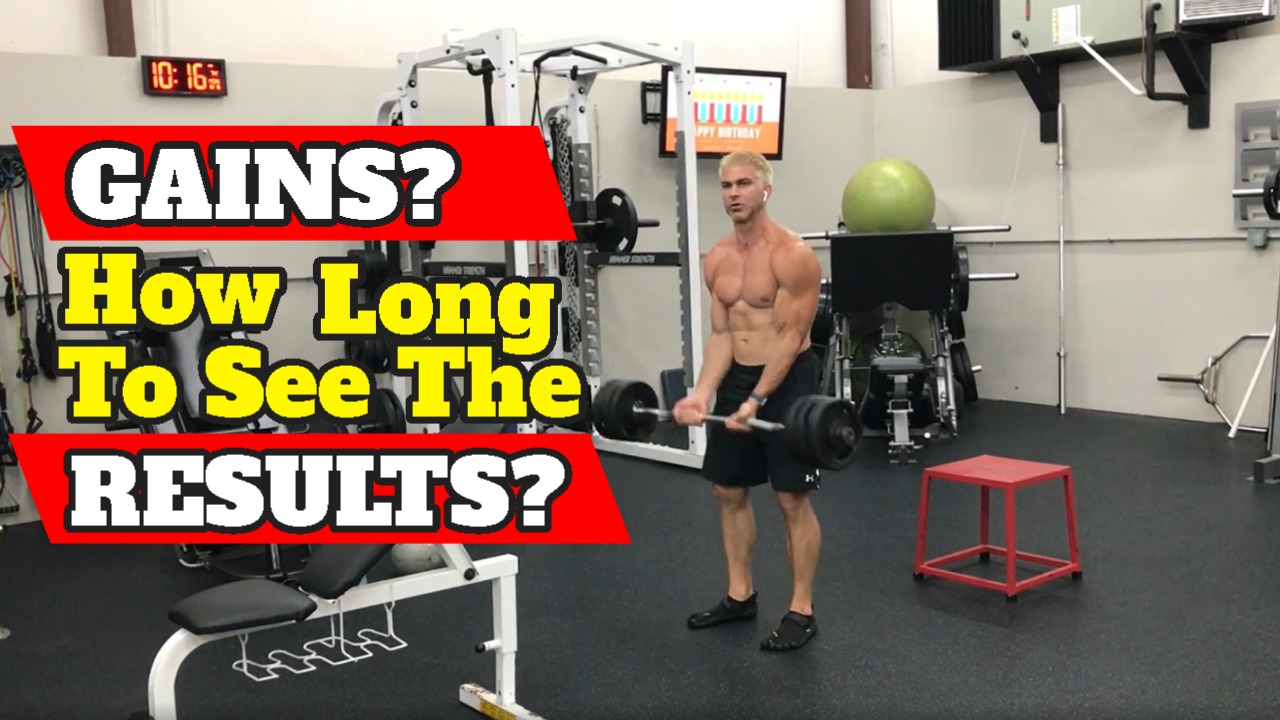
What’s up my fitness family? Today I’m gonna be sharing with you how fast you’re going to see results with weightlifting. Guess what? My name is Brent Casper, BKPT. So thank you for joining me. If you’re tired of trying to figure things out on your own, and you really want some professional guidance so that we are done wasting time, and you just are getting results, definitely just messaged me.
CLICK HERE TO DOWNLOAD BRENT’S FREE TRAINING CLASS
HOW LONG TO SEE RESULTS FROM WEIGHT LIFTING | You’ll Never Believe It
But let’s get on to the topic. So how fast is it until you see results when you’re doing some weight training? Ah, once when somebody comes to me and they’ll ask you this question. I always rebuttal it with how long does it take you to get over the common cold. It could be three days it could be five days, it could be seven days, it could be one month.
Typically when people are starting off when they’re strength training, It’s it varies. You know you see results right away, you’re gonna see improvements especially, it depends on what level it is that you’re coming in at. So if you’re coming in and you’ve been doing tons of stuff on your own already, and you’re starting something new, or you’re not starting something new, you know, obviously, the gains aren’t going to be as drastic. But you’re going to see results, you’re going to see things when you’re doing things properly.
So if you aren’t seeing results, and you’re not visually seeing things, change with your body, one, take pictures along the way. Because if you’re counting on yourself to see yourself in the mirror every single day, it’s hard to notice the results until somebody else tells you, Dang, are you doing something different? You know, because they’re going to notice it because they haven’t seen you in a while, where it is that you’re seeing yourself every single day. So you’re not going to see the change as much until it’s drastic. And you see like, you know, you dropped you know, 10 pounds. Have fat or you’ve dropped like a significant number, were opposed to somebody that just notices you like, every two weeks, like oh man look like you’re doing something differently.
But if you’re not seeing change, if you’re not seeing those numbers, if you’re not seeing visual changes, then something needs to change with what you’re doing nutritionally with your weight training, whatever it is that you’re doing, because you should see change all the time. Other big questions are when people are with me, and they’re lifting on their own, so they don’t have somebody there to spot them to help them get an extra rep or two, and they’re doing an exercise and you’re like plateaued at a certain point. So if you’re doing curls, per se, and you’re doing a easy bar curl, and, you know, anytime you’re doing small muscle groups, and you’re stuck and you can’t get 10 reps on this, you know, take two second break, shake, get out picking right back up and finish your reps. So that way you are putting more resistance against your muscle because you always want to make, you know, you’re trying to change yourself, you’re trying to make positive changes to try to increase your weights and what you’re using. So you want to be like running up the numbers and like, you know, you want to know where you’re at.
So that way you can, you know, increase it five pounds, increase the 10 pounds, you know, so you’re steadily making improvements, because that is what’s going to make the most change in your body is by putting more resistance against that, but you want to make sure you’re safe when you’re doing it using proper technique. You know, you want to make sure you’re doing everything correctly. So that way when you’re doing it, you’re actually you know, challenging the muscle the way you’re supposed to. So there’s two ways to change your muscle, right, you know, adding more resistance, so if you’re going to increase the way or like that’s like I’ll just show setting it down and doing you know, take 10 seconds and finish Your repetitions, or just increasing the amount of reps that you’re doing with the same weight. So if you’re used to doing 12 reps with 50 pounds, then do 15 reps or do 20 reps. I’m just somebody that would rather do less repetition. So I like to stay in that six to 12 range, and always increasing my weights. So all a lot of times, make sure that I’m if I’m stuck at a certain point, I’ll set it down, take a few seconds.
I’m not saying to take five minute breaks, don’t sit that Don’t be that person that’s sitting on equipment, checking text messages, check in, you know, who’s talking to them on Facebook, while you’re trying to, you know, wait five minutes before your next reps. So you know, 10 second break, pick it right back up, finish out your set right away. So making sure you’re making the progressions you need to make. So hopefully that stuff helps you should be seeing significant changes immediately. I don’t know if you saw in the last video that I posted though, that, you know, when you’re starting a new program, you don’t want to jump too hard too fast, you know, with weights because your muscles might be ready to increase, but your joints aren’t ready yet.
CLICK HERE TO DOWNLOAD BRENT’S FREE TRAINING CLASS
So this is only if you’re just starting something new. Make sure you go back and watch that video. So that way you can see what I was stating on those things, but always making positive progression. So make sure that you are seeing those results. Make sure you are seeing those numbers change because you should see it pretty fast. All right, so hopefully that tip helps. I look forward to seeing you next video. All right. Take care.

